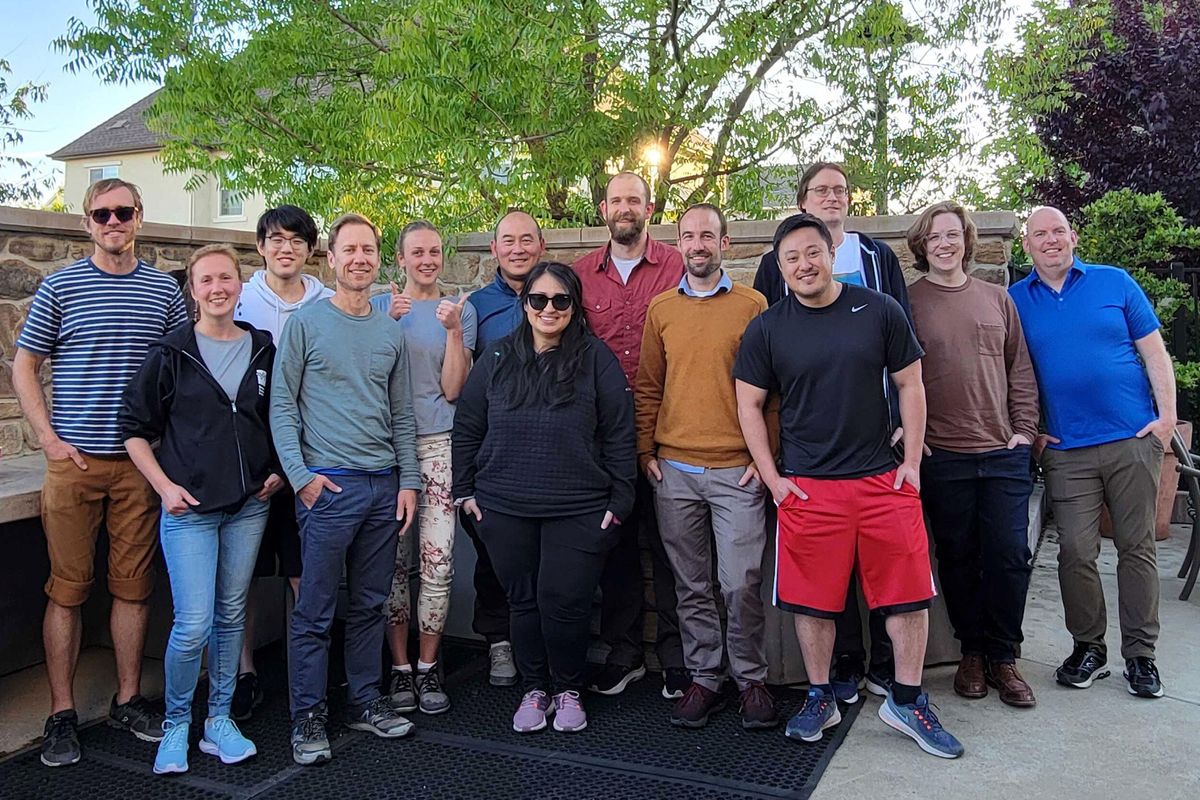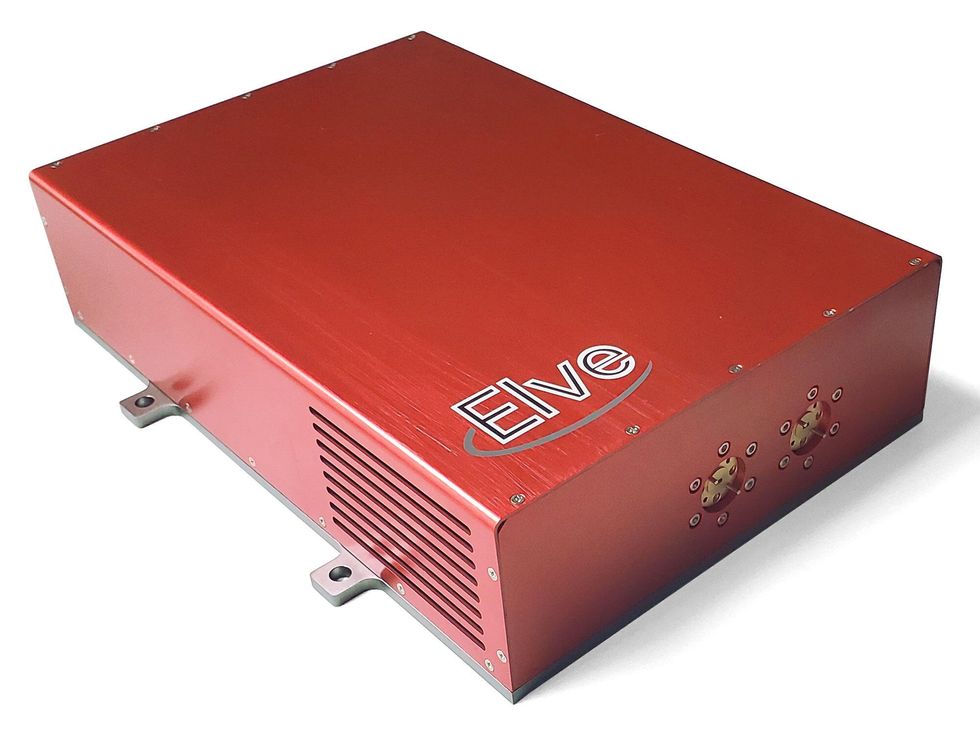
How This Startup Cut Production Costs of Millimeter Wave Power Amplifiers

Diana Gamzina is on a mission to significantly reduce the cost of millimeter-wave ability amplifiers. The vacuum-electronics gadgets are utilised for interaction with distant area probes and for other applications that want the highest facts fees out there.
The amplifiers can price as significantly as US $1 million apiece since they’re made working with high-priced, significant-precision producing and handbook assembly. Gamzina’s startup, Elve, is utilizing innovative products and new production technologies to reduce the device cost.
It can choose up to a yr to develop 1 of the amplifiers using standard production procedures, but Elve is currently producing about one per week, Gamzina says. Elve’s method enables profits at about 10 per cent of the common price, earning substantial-quantity marketplaces much more available.
Released in June 2020, the startup makes affordable methods for wi-fi connections that produce optical fiber excellent, or what Gamzina calls elvespeed connectivity. The company’s name, she states, refers to atmospheric emission of gentle and very lower frequency perturbations thanks to electromagnetic pulse sources. Elves can be witnessed as a flat ring glowing in Earth’s higher environment. They show up for just a couple of milliseconds and can mature to be up to 320 kilometers large.
Based mostly in Davis, Calif., Elve employs 12 people as very well as a handful of consultants and advisors.
For her do the job with amplifiers, Gamzina, an IEEE senior member, was recognized with this year’s Vacuum Electronics Younger Scientist Award from the IEEE Electron Gadgets Modern society. She been given the award in April at the IEEE Worldwide Vacuum Electronics Conference, in Monterey, Calif.
“Dr. Gamzina’s innovation and contributions to the marketplace are outstanding,” IEEE Member Jack Tucek, typical chair of the conference, said in a information launch about the award.
Interactions between millimeter-wave signals and electrons
In addition to working her organization, Ganzima will work as a team scientist at the SLAC National Accelerator Laboratory, in Menlo Park, Calif.—a U.S. Section of Electrical power countrywide lab operated by Stanford College. It was in this role that she began talking to field representatives about how to expand the current market for high-general performance millimeter-wave amplifiers.
From individuals conversations, she discovered that reducing the rate was critical.
“Customers are spending in between $250,000 and $1 million for every specific device,” she claims. “When you listen to these figures, you understand why people don’t believe this value is anyplace shut to cost-effective for rising the industry.”
Elve’s millimeter-wave ability amplifier program weighs 4 kilograms, steps 23 centimeters by 15 cm by 8 cm, and is run by a 28-volt DC enter bus. The heart of the amplifier method is a established of traveling-wave tubes. TWTs are a subset of vacuum electronics that can amplify electromagnetic indicators by extra than a hundredfold more than a wide bandwidth of frequencies. They’re frequently utilised for communications and radar imaging applications, Gamzina suggests.
“Our best objective is to be aspect of the terrestrial market place this sort of that the amplifiers are installed on cellphone towers, enabling higher-knowledge-rate conversation in distant and rural places all over the entire world.”
The TWT can take a millimeter-wave sign and will make it “interact with a superior-electricity electron beam so that the signal steals the electrical power from the electron beam. That is how it gets amplified,” Gamzina suggests. “In some techniques, it is a very simple notion, but it involves excellence in RF style, manufacturing, vacuum science, electron emission, and thermal administration to make it all work.”
Elve’s millimeter-wave amplifiers allow interaction with satellite networks and create extended-distance ground-to-ground backlinks.
“This allows massive amounts of knowledge to be despatched, leading to greater details rates that are similar to fiber or laser-sort interaction units,” Gamzina suggests. “Another edge is that the amplifier can operate in most inclement weather conditions.”
The original industry for Elve’s amplifiers is the communications discipline, she claims, in particular for backhaul: the connections amongst base stations and the core network infrastructure.
“Our greatest target is to be element of the terrestrial industry this sort of that the amplifiers are set up on cellphone towers,” Gamzina suggests, “enabling significant-info-rate communication in remote and rural spots all in excess of the entire world.”
The enterprise designs to build millimeter-wave amplifiers for imaging and radar purposes as nicely.

Elve’s ability amplifier containers household a touring-wave tube, electronic electric power conditioner, and a cooling method.Elve
Creating on research completed at the SLAC Lab
Gamzina’s get the job done at Elve is related to study she is conducting at the SLAC lab as effectively as earlier do the job she did as a advancement engineer with the millimeter-wave study group at the University of California, Davis. There she researched vacuum products that operate at terahertz frequencies for use as ability resources in particle accelerators, broadcast transmitters, industrial heating, radar systems, and interaction satellites. She also led study systems in additive production techniques. She retains 3 U.S. patents relevant to the manufacture of vacuum-electronics units.
To discover how to launch a startup, she took a course at Stanford on the subject and she attended a 10-week instruction course for founders available by 4thly, a world-wide startup accelerator. She also suggests she acquired a couple of issues as a youngster whilst encouraging out at her father’s hydraulic tools production corporation.
Raising resources to keep one’s business afloat is hard for several startups, but it wasn’t the situation for Elve, Gamzina says.
“We have superior current market traction, a very good merchandise, and a superior group,” she says. “There’s been a ton of curiosity in what we’re performing.”
What has been a problem, she states, is that the organization is escalating so speedily, it may be tricky to scale up production.
“Making hundreds or countless numbers of these has been a obstacle to even comprehend,” she states. “But we are all set to go from the state we’re in to the future significant soar.”
